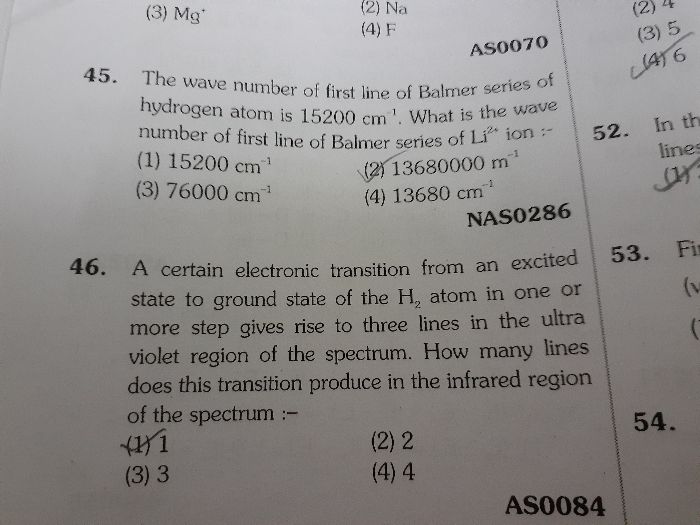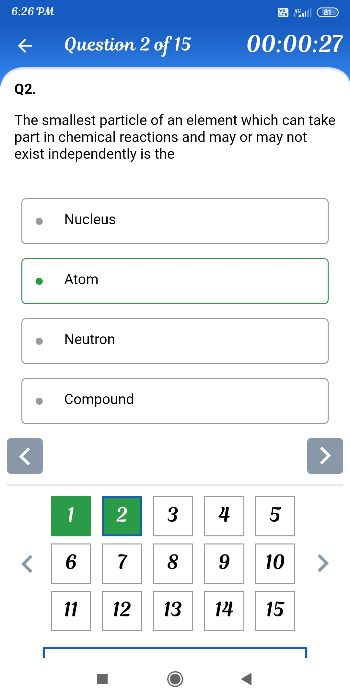CBSE Class 11-science Answered
To find electronic configuration of atoms, you should know its atomic numbers.
For electronic configuration of elements, the most important thing that you should be aware of -
The order in which orbitals of different subshells are filled. We know that this order is determined by the (n + l) rule and is as follows:
Order for filling subshells: 1s 2s 2p 3s 3p 4s 3d 4p 5s 4d 5p 6s 4f 5d 6p 7s 5f 6d 7p
where the number indicates the energy level and the letter indicates the subshell being filled.
Maximum number of electrons in each subshell: s=2, p=6, d=10, f=14
A superscipt number after the letter of the subshell shows how many electrons occupy that subshell.
The helium atom has 2 electrons, both in the s subshell of the first energy level.
Its sub-shell electron configuration is 1s2
The neon atom has 10 electrons.
2 electrons in the s subshell of the first energy level: 1s2
8 electrons in second energy level, made up of 2 electrons in an s subshell and 6 electrons in a p subshell: 2s2 2p6
Its subshell electron configuration is 1s2 2s2 2p6
The argon atom has 18 electrons.
2 electrons in the s sub-shell of the first energy level: 1s2
8 electrons in the second energy level made up of 2 electrons in an s subshell and 6 electrons in a p subshell: 2s2 2p6
8 electrons in the third energy level made up of 2 electrons in an s subshell and 6 electrons in a p subshell: 3s2 3p6
Its subshell electron configuration is: 1s2 2s2 2p6 3s2 3p6
Table showing examples of electronic configuration of atoms and ions are as follows:
|
Atom |
Z |
No. Electrons |
Subshell Electron Configuration |
Ion |
No. Electrons |
Subshell Electron Configuration |
|
H |
1 |
1 |
1s1 |
H- |
1 - (-1) = 2 |
1s2 |
|
He |
2 |
2 |
1s2 |
|
|
|
|
Li |
3 |
3 |
1s2 2s1 |
Li+ |
3 - 1 = 2 |
1s2 |
|
Be |
4 |
4 |
1s2 2s2 |
Be2+ |
4 - 2 = 2 |
1s2 |
|
B |
5 |
5 |
1s2 2s2 2p1 |
B3+ |
5 - 3 = 2 |
1s2 |
|
C |
6 |
6 |
1s2 2s2 2p2 |
C4+ |
6 - 4 = 2 |
1s2 |
|
N |
7 |
7 |
1s2 2s2 2p3 |
N3- |
7 - (-3) = 10 |
1s2 2s2 2p6 |
|
O |
8 |
8 |
1s2 2s2 2p4 |
O2- |
8 - (-2) = 10 |
1s2 2s2 2p6 |
|
F |
9 |
9 |
1s2 2s2 2p5 |
F- |
9 - (-1) = 10 |
1s2 2s2 2p6 |









